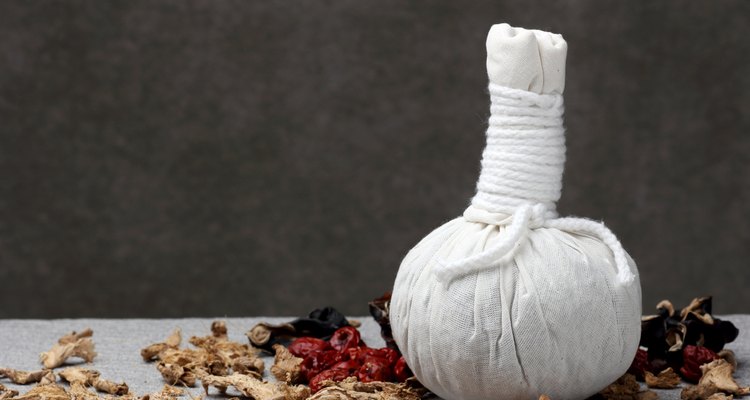
sabthai/iStock/Getty Images
A Thai herbal ball is a blend of herbs tied up in a muslin ball which is steamed before being applied to the skin. When used in massage, massage oil is applied to the skin and then the steamed herbal balls are used to lightly pound or rub your muscles. Ingredients in Thai herbal balls vary, and herbal blends formulated in Southeast Asian countries may not be subject to quality controls that would guarantee the product to be safe for application to your skin. Look for locally made herbal balls or make your own with fragrant herbs from your area.
Ginger
Members of the ginger family commonly used in Thai herbal balls include zedoary, turmeric and plai. All are related to the ginger you see in the grocery store and all are used as culinary herbs. In herbal medicinal preparations, they are used to treat digestive problems, allergies and as antibacterial agents.
Tamarind
Tamarind is a shrubby tree with a wide range around the world. Used in Ayurvedic medicine for gastric problems and for bacterial skin infections, it is also a culinary herb. Tamarind leaves are commonly used in herbal balls.
Lemongrass and Kaffir Lime
Lemongrass is a citrus-scented herb used in Asian cooking and in herbal balls. The leaves are chopped and combined with the other ingredients. Kaffir lime leaves and rind are very fragrant and are used in cooking and in herbal poultices.
Shikakai
Acacia concinna or shikakai is a tree native to Asia. The fruit pods, leaves and bark are dried, powdered and made into a paste used in shampoo and skin care preparations, as well as in Thai herbal balls.
Cassia Siamea
Cassia siamea is an evergreen tree that grows in Southeast Asia. It is used as a folk remedy for cancer, although there is no scientific evidence to support this use, though an article published in the "Journal of Ethnopharmacology" in January 2010 reports that the herb has analgesic and anti-inflammatory effects.
Mangosteen
According to an article published in the "Journal of Ethnopharmacology" in October 2005, mangosteen extract has an antimicrobial effect against staphylococcus when tested on acne, supporting its use in alternative medicine for skin infections.
Other Ingredients
Many other ingredients are used in Thai herbal balls, depending on the manufacturer or local tradition, including basil leaves, sweet sage, myrtle grass, orange peel and patchouli. Mostly these are fragrant herbs used to calm and soothe the senses. Some Thai herbal balls include camphor or menthol, used to relieve muscle pain, and sodium chloride, common table salt.
Related Articles

What Herbs & Spices Flavor Fish?
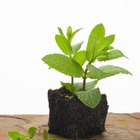
Difference Between Peppermint Extract & ...

How to Make Mullein Tea

How to Finely Grind Celtic Sea Salt

Hop Allergies
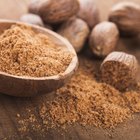
Nutmeg and Turmeric for Acne Scars

Burdock Root for Acne

Difference Between Mexican Oregano & ...

Herbs For Saunas
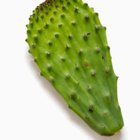
How to Cook Cactus Leaves
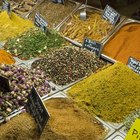
Afghan Spices

What Is Camphor Phenol?
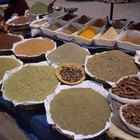
Nigerian Herbs & Spices

The Culinary Uses of the Eucalyptus Leaf
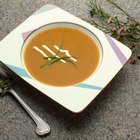
Herbs for Pumpkin Soup

What Herbs Go With Veal Chops?
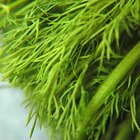
Classic Russian Spices

What Is a Kukui Nut?

About Fresh Ginger Substitutes

Can You Eat Celery Root Without Cooking ...
References
- Journal of Ethnopharmacoly;" Anti-Allergic Activity of Some Selected Plants in the Zingiberaceae Family; S. Tewtrakul and S. Subhadrisakul S
- Journal of Ethnopharmacoly; Analgesic and Anti-Inflammatory Effects of Cassia Siamea Lam. Stem Bark Extracts; G.F. Nsonde Ntandou et al
- Journal of Ethnopharmacoly; Antimicrobial Effects of Thai Medicinal Plants Against Acne-Inducing Bacteria; M.T. Chomnawang et al.
- Skincare by Vena: Thai Herbal Ball Treatment
Writer Bio
Ramona French owned a massage school and taught massage for 28 years. In that time she wrote textbooks on Swedish, acupressure, deep tissue and lymph drainage massage. She is the author of "Introduction to Lymph Drainage Massage" and "Milady's Guide to Lymph Drainage Massage." Her book, "The Complete Guide to Lymph Drainage Massage," published by Milady, was released in October 2011.
Photo Credits
sabthai/iStock/Getty Images